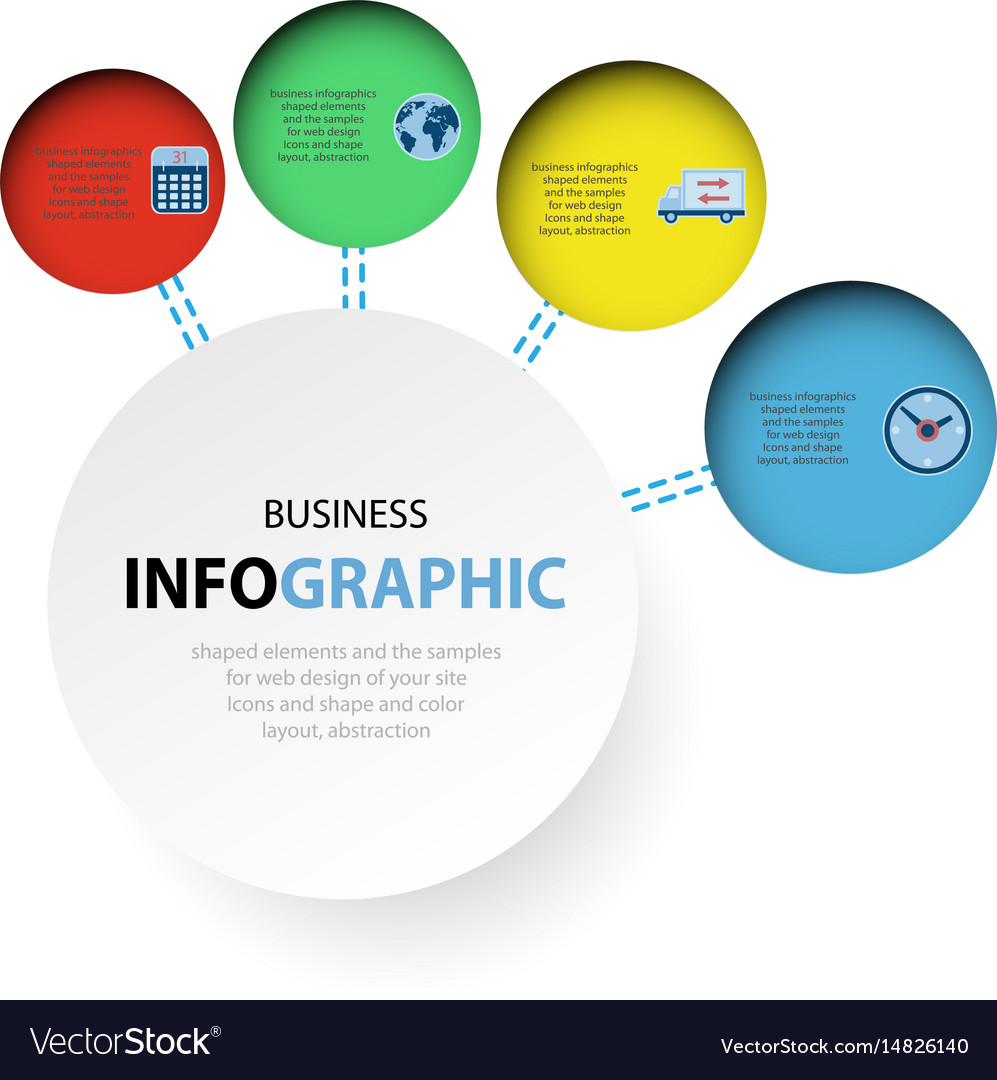Grasping The Art Of Website Design: Tips And Tricks For Crafting A User-Friendly Internet Site
Grasping The Art Of Website Design: Tips And Tricks For Crafting A User-Friendly Internet Site
Blog Article
Write-Up By-Todd Tyson
Master the art of website design by focusing on customer experience. Craft user-friendly navigating and select mobile optimization to boost the browsing experience. Guarantee very easy navigation with clear headings and enticing visuals. Prioritize mobile responsiveness for a consistent user experience. By including these necessary style principles, you can develop an user-friendly site that mesmerizes visitors.
Crucial Design Principles
When designing an internet site, focus on user experience most importantly else. Your primary objective must be to produce a smooth and delightful experience for your visitors. Start by guaranteeing that your web site is simple to browse. Use clear headings, organized menus, and instinctive buttons to guide users through your material effortlessly. Bear in mind, simpleness is key. Stay clear of jumbling your pages with unneeded components that can bewilder or puzzle your target market.
One more important style principle is to ensure your site is aesthetically enticing. Select a cohesive color scheme, high-grade photos, and understandable fonts to enhance the general look of your website. Uniformity is essential in establishing a solid brand identification and making your web site much more memorable to users.
Furthermore, focus on mobile responsiveness. With more individuals surfing the net on their smartphones and tablets, it's necessary that your website looks and operates well on all tools. Evaluate your website on different display dimensions to guarantee a seamless experience for all users. By concentrating on these essential style concepts, you can develop an easy to use web site that keeps visitors returning for more.
User-Focused Navigating
To improve customer interaction and improve their surfing experience, prioritize creating intuitive navigation pathways that direct visitors flawlessly with your internet site. Clear and find more is critical for helping users discover the details they require swiftly and successfully. Beginning by maintaining your menu structure straightforward and easy to understand. Usage detailed labels that plainly show what content can be discovered under each menu option. In addition, think about implementing dropdown food selections for subcategories to avoid overcrowding the major navigation bar.
An additional crucial element of user-focused navigating is the use of breadcrumbs. Breadcrumbs are a secondary navigation aid that shows customers their current area on the site and enables them to easily navigate back to previous pages. This attribute is particularly helpful for users who enter your website through a deep link or an online search engine result.
Additionally, incorporating search performance plainly on your website can better enhance user navigation. A search bar allows individuals to swiftly find specific content without having to click via multiple pages. Make sure that your search bar is quickly visible and obtainable on every web page of your website for maximum usability. By focusing on user-focused navigation techniques, you can create an extra intuitive and pleasurable browsing experience for your visitors.
Mobile Optimization Techniques
Think about enhancing your website for smart phones to guarantee a seamless individual experience across different screen dimensions. Mobile optimization is crucial in today's electronic landscape where a substantial part of net surfing happens on smartphones and tablets.
To enhance mobile functionality, start by carrying out responsive layout techniques. This approach enables your internet site to adjust to different display measurements, keeping functionality and looks.
Concentrate on optimizing loading times for mobile customers. Slow-loading internet sites can prevent visitors and influence your search engine positions. Press images, minimize HTTP demands, and utilize browser caching to enhance filling rate. Additionally, prioritize web content hierarchy for mobile display screens. Ensure that essential info is prominently shown, and navigating is instinctive, promoting easy access to key areas.
Make use of touch-friendly aspects such as larger buttons and streamlined types to promote interaction on mobile devices. Conduct thorough testing across different mobile systems to identify and rectify any usability concerns.
Conclusion
In conclusion, understanding the art of website design is essential for creating an easy to use web site. By incorporating crucial layout concepts, user-focused navigation, and mobile optimization techniques, you can ensure a smooth and pleasurable experience for your visitors.
For example, a local bakeshop saw a 30% boost in on-line orders after revamping their website to be much more easy to use and mobile-responsive. Keep in mind, a properly designed web site can make all the distinction in bring in and retaining consumers.
